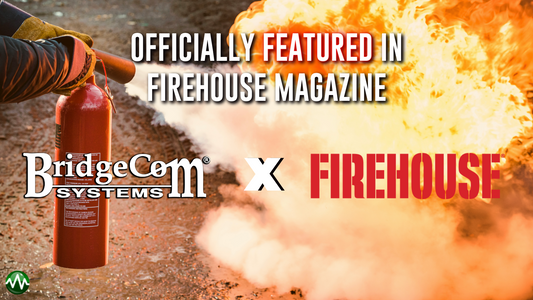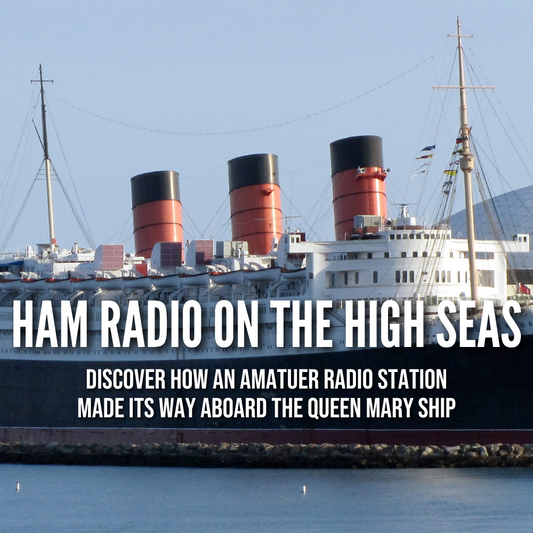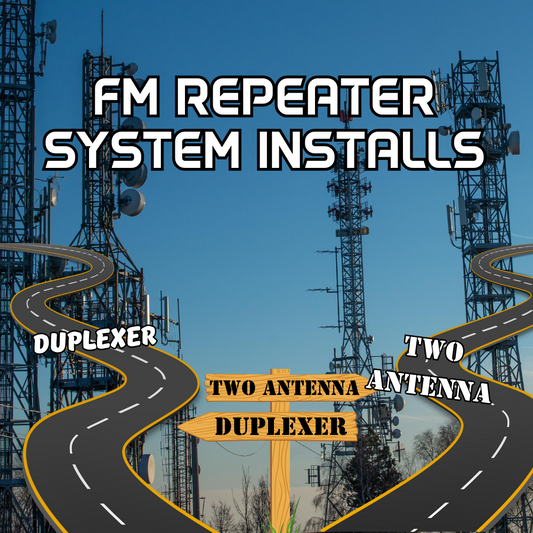BridgeCom Official Blog

BREAKING: BridgeCom Systems Featured in Firehouse Magazine's Radios, Pagers & Accessories Section
FOR IMMEDIATE RELEASEBridgeCom Systems Featured in Firehouse Magazine's Radios, Pagers & Accessories SectionSmithville, Mo - BridgeCom Systems, a leading provider of advanced communication solutions, is proud to announce its feature...
Read nowBREAKING: BridgeCom Systems Featured in Firehouse Magazine's Radios, Pagers & Accessories Section
FOR IMMEDIATE RELEASEBridgeCom Systems Featured in Firehouse Magazine's Radios, Pagers & Accessories SectionSmithville, Mo - BridgeCom Systems, a leading provider of advanced communication solutions, is proud to announce its feature...
Read now
HAM Radio on the High Seas
Discover how amateur radio operators keep 'Queen Mary' on the air! The Queen Mary, a former North Atlantic ocean liner, is now permanently docked in Long Beach, California. It serves...
Read nowHAM Radio on the High Seas
Discover how amateur radio operators keep 'Queen Mary' on the air! The Queen Mary, a former North Atlantic ocean liner, is now permanently docked in Long Beach, California. It serves...
Read now
Ultimate Smoked Ham Giveaway Winner -- Revealed! See Who Won Our Ultimate Summer Giveaway!
Summer has been sizzling with excitement as amateur radio operators from all corners of the globe eagerly entered the Ultimate Smoked Ham Summer Giveaway. With a prize package worth over...
Read nowUltimate Smoked Ham Giveaway Winner -- Revealed! See Who Won Our Ultimate Summer Giveaway!
Summer has been sizzling with excitement as amateur radio operators from all corners of the globe eagerly entered the Ultimate Smoked Ham Summer Giveaway. With a prize package worth over...
Read now
FM Repeater System Installations: Duplexer vs. Two Antennas
FM Repeater System Installations: Duplexer vs. Two AntennasIntroduction:FM repeaters play a crucial role in extending the communication range and effectiveness of radio operators. When it comes to setting up FM...
Read nowFM Repeater System Installations: Duplexer vs. Two Antennas
FM Repeater System Installations: Duplexer vs. Two AntennasIntroduction:FM repeaters play a crucial role in extending the communication range and effectiveness of radio operators. When it comes to setting up FM...
Read now
Hamvention 2023 Giveaway - Did you win the Legendary 878UVII Plus at Hamvention?
Get your AnyTone AT-D878UVII Plus today: https://bit.ly/at-878uvii-plusEnter our current giveaway here, for your shot at a Plug and Play, and a $4,000 Meat Smoker!For more information:📞: 816-532-8451📧: contactus@bridgecomsystems.com Technical Support:...
Read nowHamvention 2023 Giveaway - Did you win the Legendary 878UVII Plus at Hamvention?
Get your AnyTone AT-D878UVII Plus today: https://bit.ly/at-878uvii-plusEnter our current giveaway here, for your shot at a Plug and Play, and a $4,000 Meat Smoker!For more information:📞: 816-532-8451📧: contactus@bridgecomsystems.com Technical Support:...
Read now
The Ultimate Smoked Ham Giveaway: Here's What You'll Win! ($6,000+ Value)
Enter the Ultimate Smoked Ham Summer Giveaway here! Here's what you could win: - A Plug and Play Radio Package by BridgeCom Systems ($1,352 Value) - A Legend 2400 Meat...
Read nowThe Ultimate Smoked Ham Giveaway: Here's What You'll Win! ($6,000+ Value)
Enter the Ultimate Smoked Ham Summer Giveaway here! Here's what you could win: - A Plug and Play Radio Package by BridgeCom Systems ($1,352 Value) - A Legend 2400 Meat...
Read now





